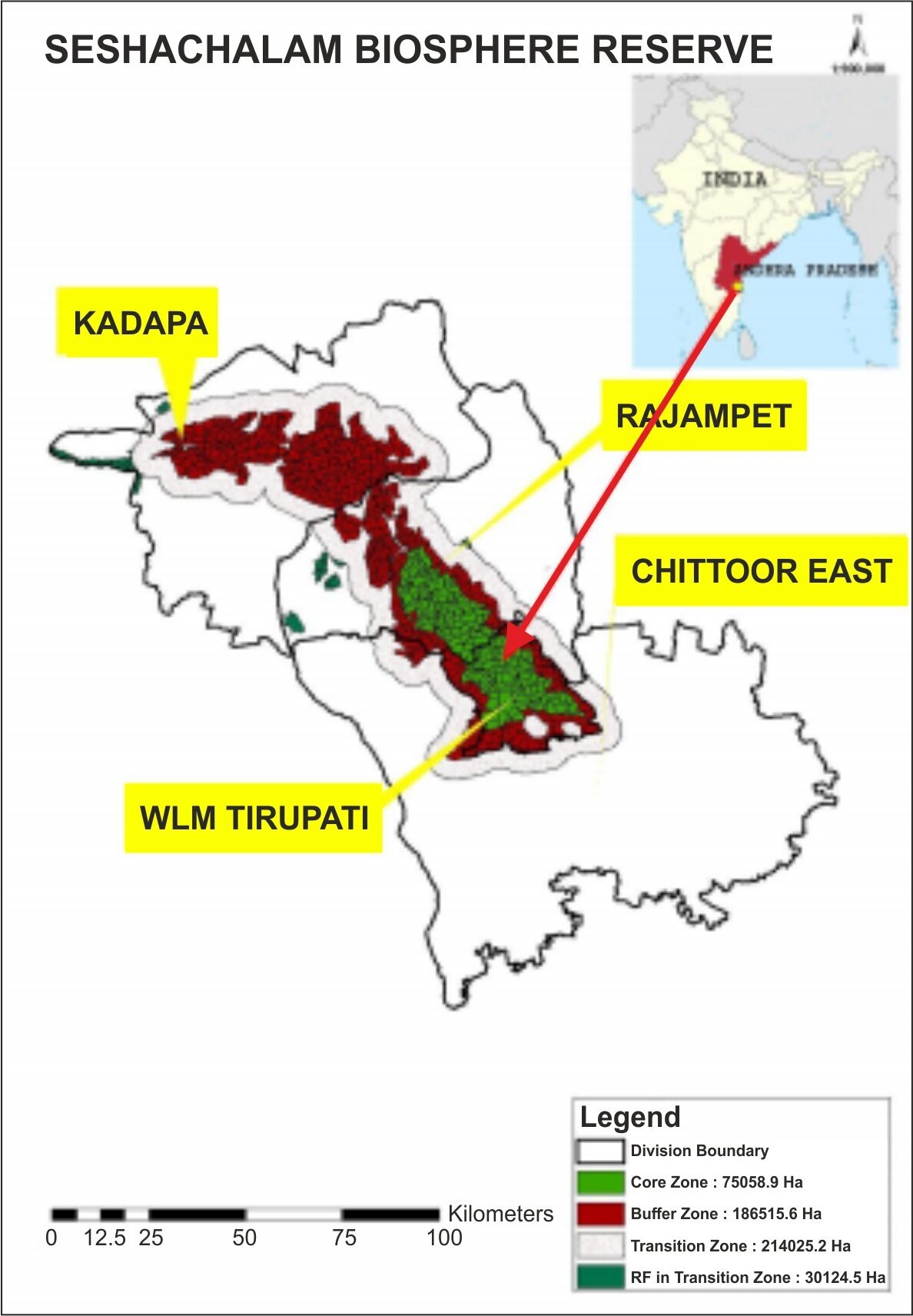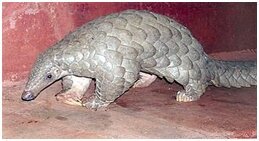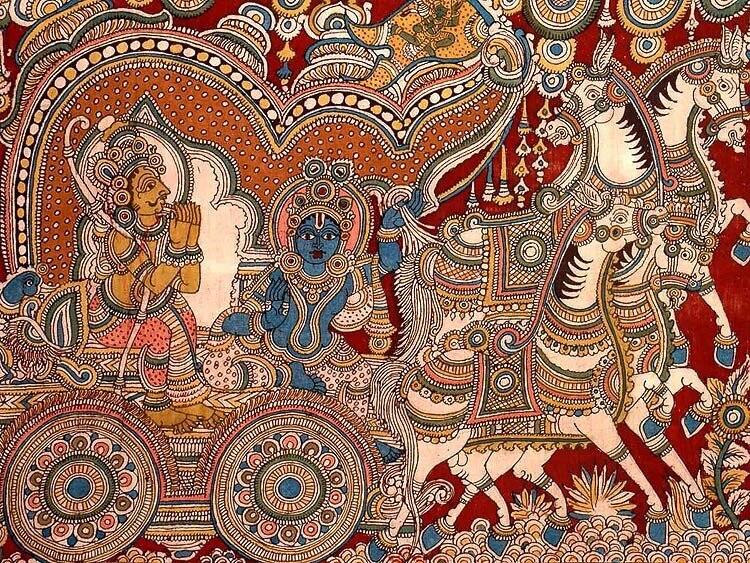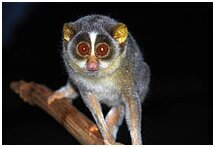Important Facts For Prelims
Important Facts For Prelims (17th May 2019)
- 17 May 2019
- 13 min read
World Hypertension Day
- The day is celebrated on May 17 every year to promote awareness about hypertension and encourage people to prevent and control this silent killer.
- The theme this year is ‘Know Your Numbers’ with a goal of increasing awareness about high blood pressure (BP).
- Hypertension is the leading preventable cause of death worldwide. According to the National Family Health Survey, which screened 22.5 million people across India in 2017, one out of every eight Indian suffers from hypertension.
Hypertension
- Hypertension occurs when a person’s arterial blood pressure is consistently elevated above a certain level. It is commonly known as high blood pressure.
- Having a high blood pressure simply means that the heart has to pump harder than what is considered as normal to supply blood around the body.
- High blood pressure is often termed a 'silent killer' as it has no symptoms until organs in the body are seriously affected.
- Undetected and untreated, it leads to problems in the functions of major organs and serious complications such as heart attacks, stroke and other diseases which can eventually lead to disability or death.
- High blood pressure can be treated with medicines, dietary changes and physical activities like walking, cycling and jogging.
Seshachalam Biosphere Reserve
- With rising summer temperature, the wild animals in the Seshachalam biosphere are being forced to enter the forest fringe villages to quench their thirst.
- Forest officials have spotted even the shy and endangered species like slender loris and pangolin near human habitation.
- Seshachalam hills, the first Biosphere Reserve in Andhra Pradesh, is located in southern Eastern Ghats of Chittoor and Kadapa districts.
- It was designated as Biosphere Reserves of India in 2010.
- It is the richest floristic hot spot harboring many endemic and rare plants.
- Flora:
- The reserve is a home for nearly 1756 species of flowering plants.
- It has large reserves of Red Sandalwood (Pterocarpussantalinus) which is used in medicines, soaps, spiritual rituals.
- Fauna:
- The faunal composition represents the Deccan Peninsular zone of bio-geographic classification of India.
- The forests of the reserve harbor certain highly endangered wildlife species, like slender loris, indian giant squirrel, mouse deer, golden gecko, etc.
- Tigers, leopard, elephants , sloth bear, Indian wolf , wild boar, chinkara, four-horned antelope, chital and sambar, ibex, pig, bonnet monkey, mongoose, wild dogs, pangolin, bison, jackal, fox, civet cat, jungle cat, lizards are some of other animals commonly found roaming in this area.
NOTE: There are total 18 biosphere reserves in India out which 10 are a part of the World Network of Biosphere Reserves based on the UNESCO Man and the Biosphere (MAB) Programme.
- Slender Loris is a small, nocturnal primate, commonly found in the tropical scrub and deciduous forests as well as the dense hedgerow plantations bordering farmlands of Southern India and Sri Lanka.
- IUCN has listed them as Endangered, whereas they are listed under the Schedule I of the Wildlife (Protection) Act of India, 1972.
Pangolin
- Pangolins are unique among mammals in having large keratin scales covering their body.
- When threatened by predators, pangolins roll into a ball, presenting their hard scales to the enemy.

- Pangolins lack teeth and feed entirely on ants and termites; their extremely long and sticky tongue which extends into the abdomen is an adaptation for this purpose.
- There are two species of Pangolins found in India, the Indian Pangolin (Manis crassicaudata) and the Chinese Pangolin (Manis pentadactyla).
- Indian Pangolin occurs sporadically throughout the plains and the Himalayan foothills to southern India, whereas Chinese Pangolin found in the north-eastern part.
- Both the species are listed under Schedule I of the Wildlife (Protection) Act of 1972.
- IUCN lists the Indian Pangolin as 'Near Threatened’ and the Chinese Pangolin as 'Endangered'.
IMDEX Asia Maritime Event
- Recently, India participated in the three-day Asia-Pacific naval and maritime event, ‘International Maritime Defence Exhibition Asia (IMDEX Asia-2019)’, held in Singapore.
- IMDEX Asia is Asia Pacific's one of the premier international maritime defence shows.
- After IMDEX, India will participate in the 26th edition of the Singapore India Maritime Bilateral Exercise (SIMBEX) scheduled from May 16 to 22.
- SIMBEX is the longest uninterrupted naval exercise that India has with any other country.
Kalamkari
Kalamkari is a popular hand-painted or block-printed cotton textile art practised in Andhra Pradesh.
- Kalamkari represents a unique art of painting cotton fabrics with a Kalam (pen) which is generally done using a sharp, pointed pierced bamboo which regulates the flow of colour on the fabric.
- The name Kalamkari originates from two Persian words, namely Qalam (Kalam or pen) and Kari (craftsmanship).
- Kalamkari art is considered unique as it uses natural colours as a vibrant medium for portraying mythological characters from epics like Ramayana and Mahabharat.
- There are two identifiable styles of Kalamkari art – Srikalahasti style (Chittoor district) and Machilipatnam style (Krishna district).
- In the Machilipatnam style of Kalamkari, motifs are essentially printed with hand-carved traditional blocks with intricate detailing painted by hands.
- On the other hand, Srikalahasti style of painting draws inspiration from the Hindu mythology describing scenes from the epics and folklore.
Declaration of incorrect election expenses by MP
Recently, Election Commission has issued show-cause notices to two Congress candidates who lost the Madhya Pradesh Assembly polls in December 2018 for presenting allegedly incorrect accounts of expenses.
- Candidates have to file their statements of election expenses within 30 days from the date of election to the District Election Officer (DEO). Once submitted, the statements are verified by the DEO and state CEO and forwarded to the EC.
- Section 10A of the Representation of the People Act (1951), deals with failure to lodge one’s account of election expenses.
- If candidates, elected or otherwise, do not file their account of expenses within the time and in the manner prescribed by EC then they, on being proved guilty, can be disqualified for a period of three years from the date of the order.
Indian Deities Worshipped in Japan
- Recently, a film ‘Indian Deities Worshipped in Japan’ made by an eminent Asian cultural histochirian Benoy K Behl, highlighted inter-cultural relations between India and Japan.
- Most people are not aware that at least a score of Hindu deities are very actively worshiped in Japan.
- The 6th century Siddham script is preserved in Japan, though we do not use it in India.
- This Sanskrit script from India is found in practically every home of Japan. ‘
- Beejaksharas’, or sacred syllables of Sanskrit in this script are regarded as holy and are given great importance.
- Each deity has a ‘Beejakshara’ and these are venerated by the people.
- The tradition of ‘havan’ (Hindu fire sacrifice) continues in thousands of temples of Japan. Sanskrit sutras are also chanted on the occasion.
- Many words in the Japanese language are from Sanskrit.
- Sanskrit was also the basis for the formation of the Japanese alphabet ‘Kana’.
Starlink
- Starlink is a SpaceX project to build a broadband network with a cluster of orbiting spacecraft that could eventually number thousands.
- It is based on a new flat-panel design, with krypton-fueled plasma thrusters, high-power antennas, and a capability to autonomously steer away from other objects in space.
- According to SpaceX. stacked together inside the payload shroud of a Falcon 9 rocket, the 60 satellites weigh 15 tons (13,620 kilograms), making the cargo launch the heaviest ever lifted into orbit by it.
- The Starlink satellites carry Hall thrusters, which use electricity and krypton gas to generate an impulse, to manoeuvre in orbit, maintain altitude and guide the spacecraft back into the atmosphere at the end of their mission.
- Hall thrusters provide a more fuel-efficient form of propulsion than conventional liquid propellants, but most satellites that use hall thrusters consume xenon gas.
- The satellites also host optical trackers to detect space debris, allowing the craft to autonomously avoid collisions with other objects in space.
- Concerns: SpaceX and other would-be commercial broadband providers to launch thousands of new satellites into orbit have raised questions about traffic management.
- Amazon is looking to join the race to provide broadband services from satellite constellations.
- Applications: To connect end users with low-latency, high-bandwidth broadband services by providing continual coverage around the world using a network of thousands of satellites in low earth orbit.
- This mission will push the operational capabilities of the satellites and is expected to encounter issues along the way, but it is key to developing an affordable and reliable broadband service in the future.
Sasakawa Award
- The United Nations Office for Disaster Risk Reduction (UNDRR) conferred Sasakawa Award 2019 for Disaster Risk Reduction to Pramod Kumar Mishra.
- He received an award in recognition of his long-term dedication in improving the resilience of communities most exposed to disasters and his personal commitment to social inclusion as a critical principle to reduce inequality and poverty, enhancing the safety net of the socially and economically marginalized.
- About Sasakawa Award
- This UN award is given to an individual/institutions that have taken active efforts in reducing disaster risk in their communities and advocates for disaster risk reduction.
- The award was announced at ongoing 6th Session of Global Platform for Disaster Risk Reduction (GPDRR) 2019 at Geneva.
- The theme of the 2019 Sasakawa award was "Building Inclusive and Resilient Societies".





